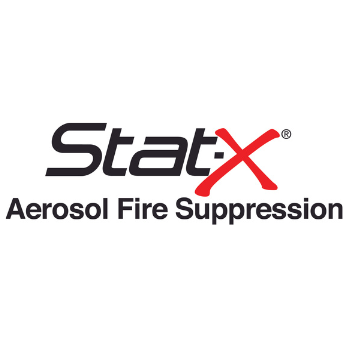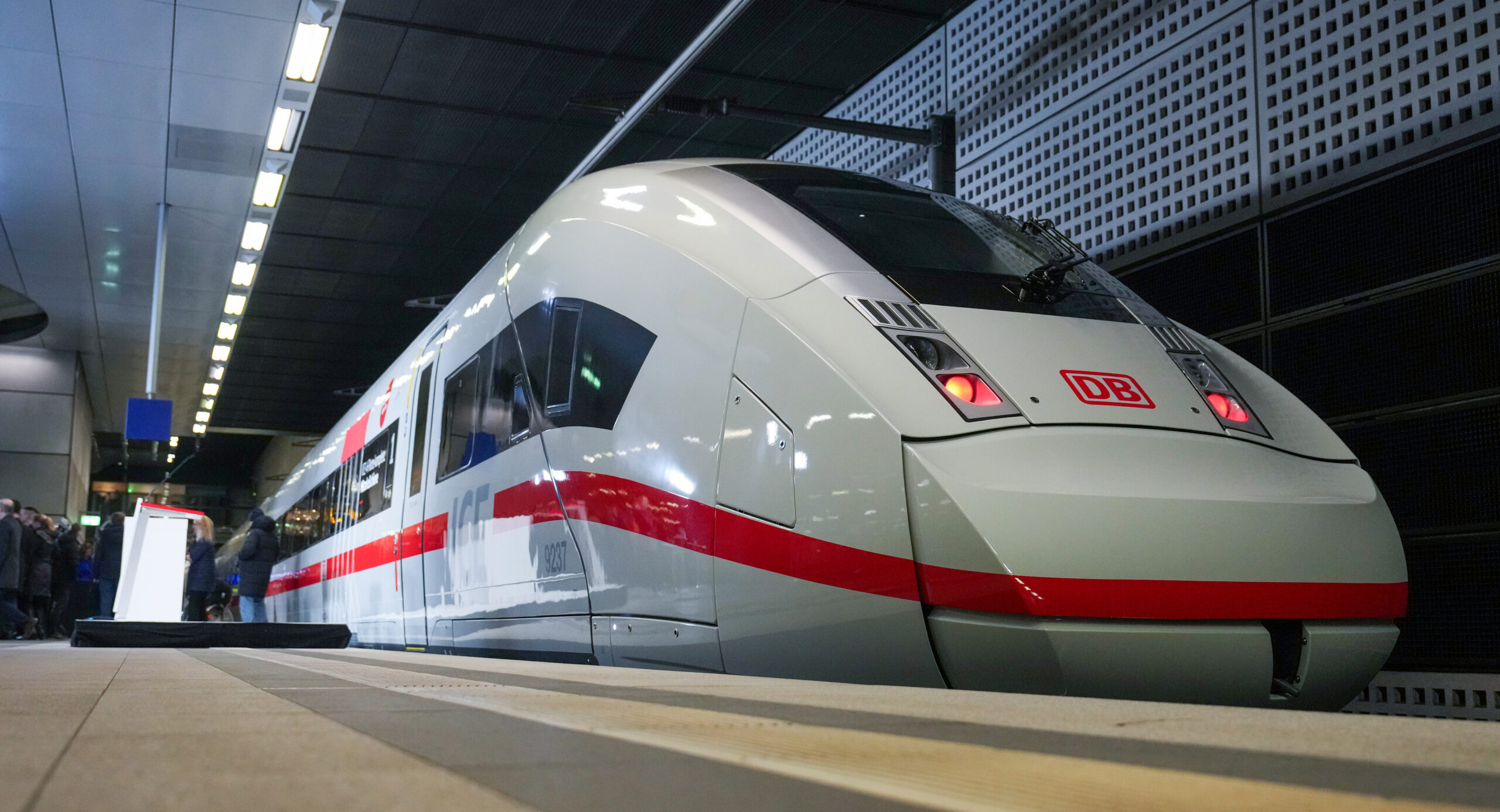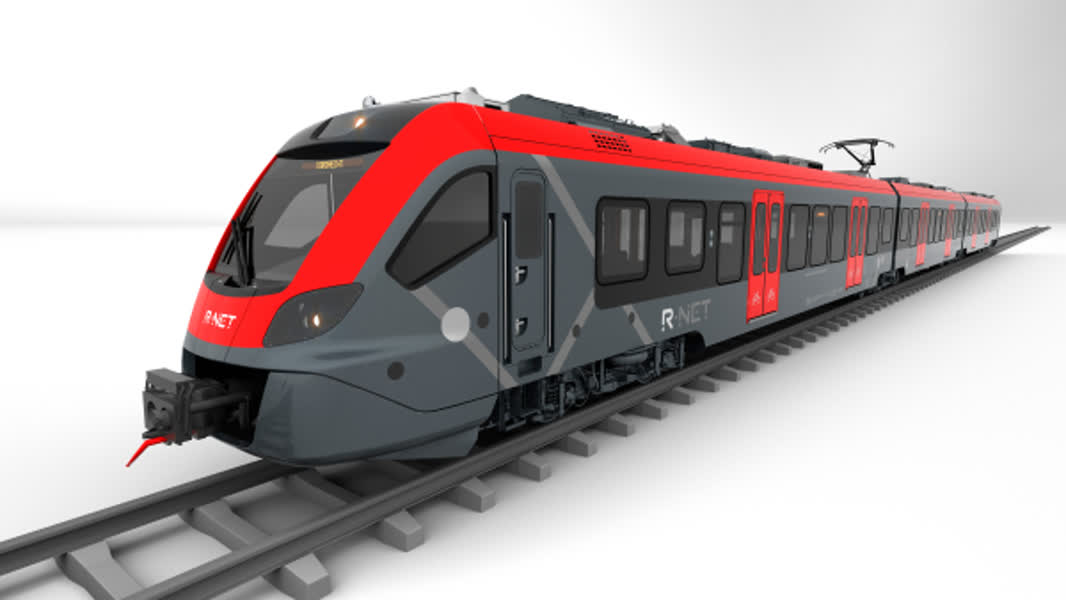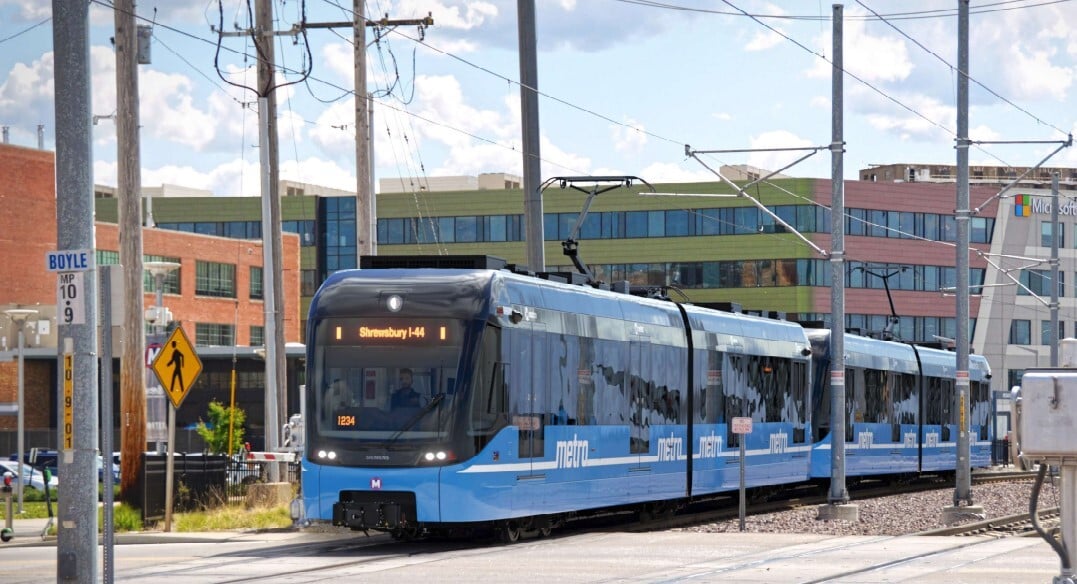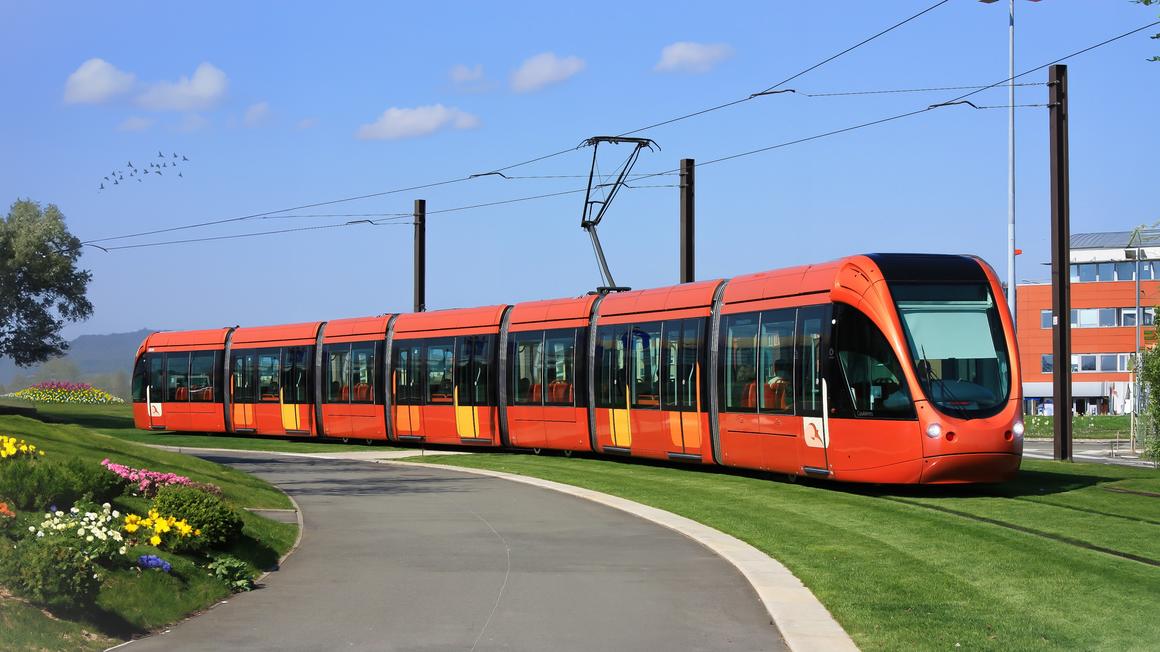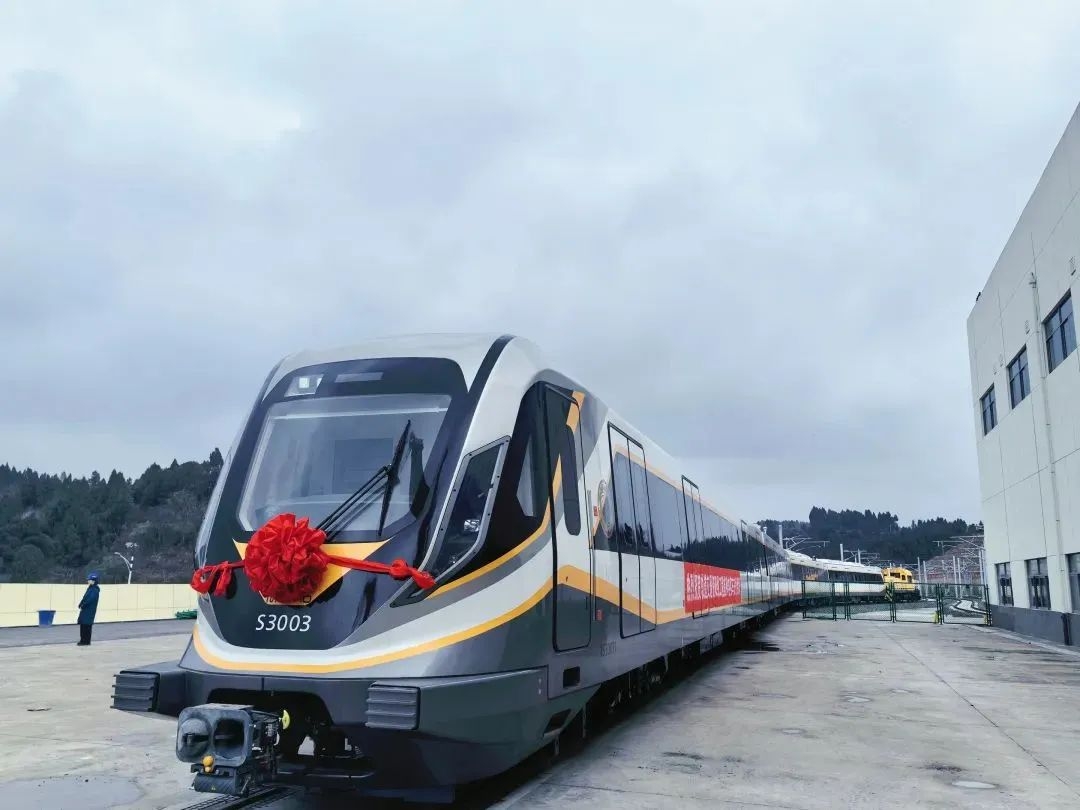Fire Suppression for Battery Energy Storage Systems on Rolling Stock
In the U.S., electric vehicles (EVs) are on track to sell one million units in 2023, and in other sectors in the transportation industry, that success certainly is being recognized.

As the world seeks to mitigate the effects of global warming, all users of carbon-based fuels are essentially on notice that they too need to do their part in reducing carbon emissions.
The other sectors in the transportation industry are listening and responding. Lithium-ion battery energy storage systems
(BESS) are being deployed in most all forms of transportation. Just about every type of road transport vehicle now has a battery-powered version. BESS- and hybrid- powered vessels are already among us, and the world’s first battery-powered passenger aircraft is soon to take off.
Therefore, it only stands to reason that BESS-equipped rolling stock should be included in this transition. And they are. As we will describe below, BESS are currently being widely used in the rolling stock industry. As virtually all trains are ultimately electric powered, it was not a hard jump for the industry to integrate BESS into their propulsion drivers.
BESS on Rolling Stock
BESS are incorporated into rolling stock in a few different ways. Modern rail conveyances are electrically propelled by either drawing electricity directly from overhead lines or the third rail, or, using diesel generators in the locomotive to produce electricity that drives the traction motors. So, adding a BESS was a natural evolution.
Like automobiles, some trains use a hybrid approach. This involves a diesel generator delivering power while the train is fully underway, but relying on battery power when making short moves or traveling at low speed on flat terrain. Commonly referred to as Zero Emission Booster Locomotives (ZEBL), rail authorities are finding this hybrid approach increases performance while reducing carbon emissions and improving fuel efficiency.
BESS are also commonly used for “switcher” locomotives — those used in train yards to move rail cars when assembling or
disassembling a trainset. Because they only move rail cars short distances at intermittent intervals, there is less concern about range because the switcher locomotives have time to recharge throughout the shift.
As rolling stock continues to seek more power efficiency, BESS are used to store energy produced by regenerative braking. These systems allow the train’s electric traction motors to be used as a generator converting the train’s kinetic energy into electricity which is stored in an onboard BESS.
That energy can then be used to help power the train during acceleration or on uphill grades. Incorporating BESS into rolling stock’s power mix is good news for the environment, as well as for the bottom lines of rail operators. But, as it is with every form of energy, there is a downside risk associated with BESS.
Download the full whitepaper here.
This information was originally published by Stat-X Fire Suppression.

